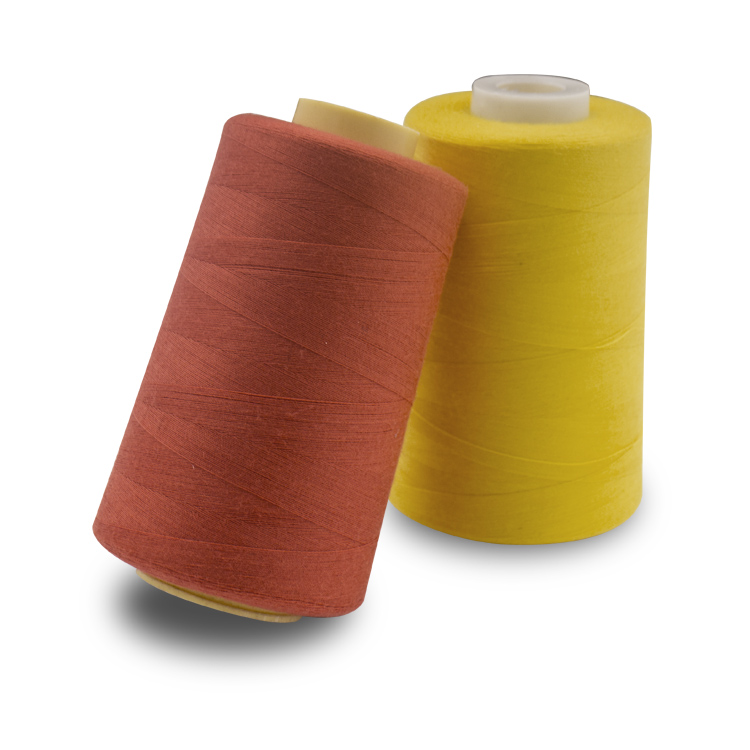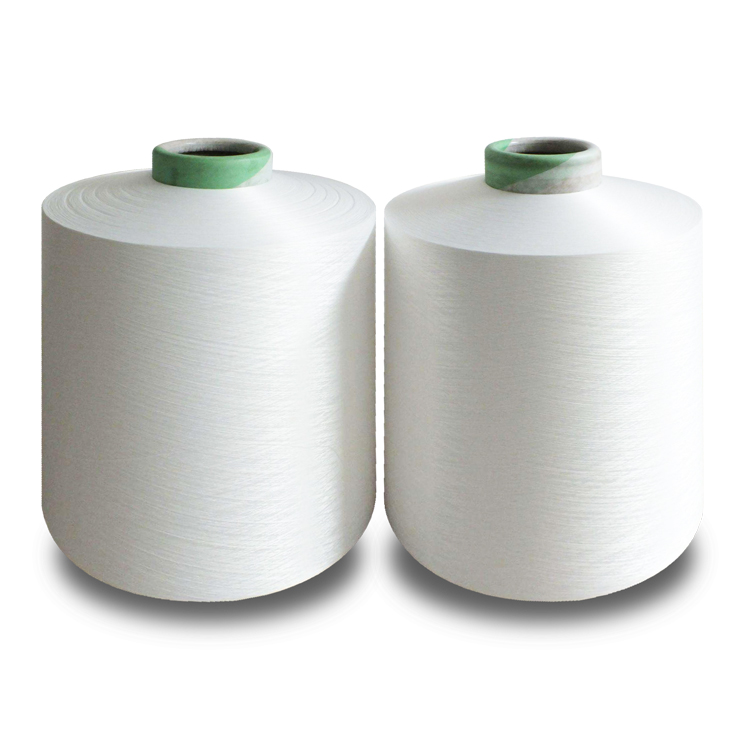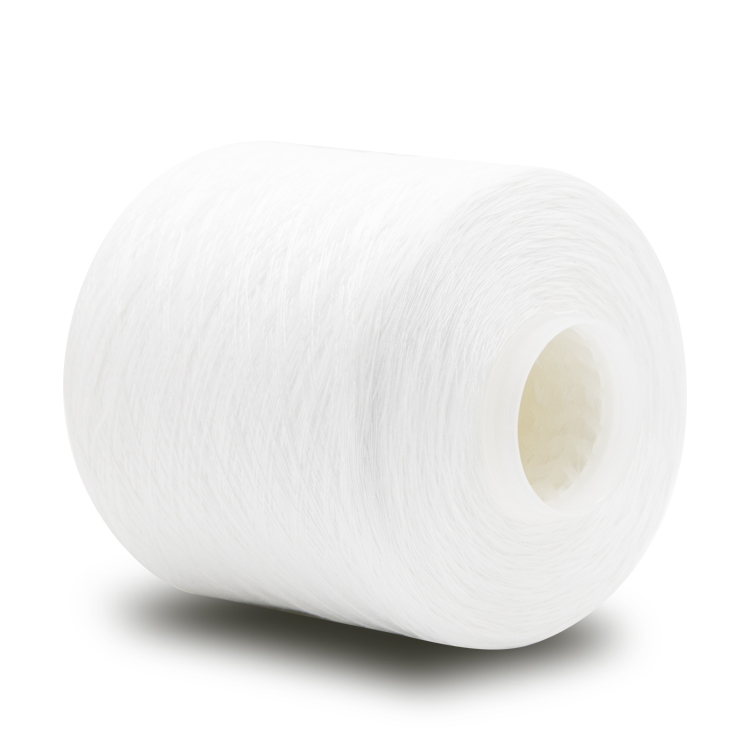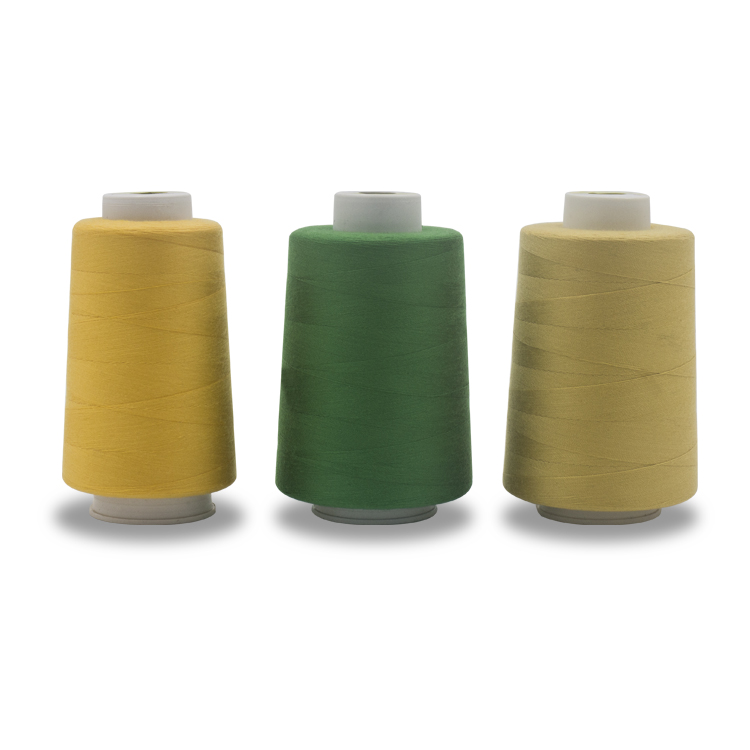
Analysis on the causes of roving slub yarn thread in five aspects
Slub is one of the important factors affecting yarn thread quality.
In the process of post-processing, it will not only reduce the production efficiency of winder, affect the weaving efficiency of loom, but also affect the appearance of fabric.
So, what are the causes of yarn roving?
1. High content of neps and short fibers in raw materials or semi-products
Short staple not only affects yarn threead evenness and strength, but also affects neps and slubs in yarn threead.
For example, after the raw material is processed in the combing process, because about 40%-60% neps and short fibers are removed from the sliver, the yarn threead is not only dry and strong, but also the number of slubs and neps is greatly reduced.
The reasons for the high content of short fibers are as follows:
(1) There are more short fibers in raw materials, especially those below 12 mm;
(2) After loosening, striking and combing in the carding process, more short fibers are produced or less short fibers are removed.
For example, porcupine opener uses rectangular blades to beat fibers at high speed, and it is easy to produce short fibers when processing raw materials with poor maturity or fine fineness.
In the process of drafting, the motion control of staple fibers by the drafting mechanism is not perfect enough, resulting in the offset deviation, and the shorter the fibers, the greater the offset deviation.
In this way, the fibers will be transferred and classified vertically according to their lengths during drafting.
The short fibers will accumulate to form coarse joints and become flying flowers to form coarse joints.
The deviation of displacement will also lead to additional drafting unevenness and produce drafting waves, which will worsen the evenness of the yarn.
Nep impurities not only interfere with the normal movement of other fibers during drafting, aggregate fibers and form coarse joints, but also destroy the evenness.

2. The carding degree of carding machine is not enough, the card clothing is dull and the short fibre is increased.
Especially in the spinning of polyester/cotton, polyester/viscose, cotton/dimension blended yarns threads, because chemical fibers will produce coalescence when they are cut into short fibers, such as head bundles, etc.
If they are not all loosened during carding, they will move in clusters in the spinning process, and eventually appear in the yarn thread roughness.
The reasons for insufficient carding degree are as follows:
1) Poor quality of selected clothing, insufficient needle surface sharpness, poor condition, improper needle reading and inaccurate needle grinding accuracy;
2) Large or inaccurate interval between main interval points;
3) Poor evenness of cotton roll in longitudinal and transverse directions, poor grasp of cotton layer by cotton roller and feeding board, and not decomposed after taker-in roller carding.
When the open cotton bundles are transferred to the Xilin cover plate, the carding load between the Xilin cover plates increases, resulting in poor carding.
The damaged fibers of carding machine mainly occur at the feeding board and taker-in roll.
The factors such as poor parallel and forward degree of cotton block or fiber bundle, eccentricity of taker-in roll, low maturity of fiber, thickness of feeding cotton layer, small distance between taker-in roll and feeding board, and small carding process length of feeding board are easy to damage fibers and increase short fibre content in sliver.
In addition, the small distance between the entrance of the small leak bottom and the low speed of the cover plate are also the main reasons for the high content of short fibre and neps impurities in sliver.

3. Heavy slugs are mainly produced on spinning frames.
Only a small number of large slugs are produced in the pre-spinning process. The main causes of heavy slub in the pre-spinning process are bad joints of roving and defects of roving such as flying or accumulated flowers. The parts causing roving joints on ring spinning frame are:
(1) when roving is fed into drafting mechanism of spinning frame, the accumulated flowers are brought in by roving (about 10%-15%);
(2) in drafting part, due to poor drafting technology, improper roller pressure, cracking of cots, three-winding of fibers, poor function of collector, sluggish motion of apron and poor cleaning work, etc.
Causes (about 30%-50%);
3) low qualified rate of joints of spinning block lathe workers, insufficient wind suction of broken end suction device, resulting in yarn broken ends and the sliver flying and adhering to the yarn thread (about 15%-25%);
4) traveller scraping wool yarn or winding into yarn (about 1%-3%).
In addition, the unreasonable air supply system in the workshop will also lead to the disorder of the air flow in the workshop and more flying flowers, thus easy to generate rough knots.

4. Unreasonable spinning process configuration
For example, roving twist coefficient, improper matching of roving ration with drafting process in back zone of spinning frame, apron tension, and unreasonable arrangement of apron nipper gauge will result in roughness. When spinning medium and low carding yarn thread, high drafting ratio of spinning frame is easy to cause more slugs.
This is because of the weight of roving yarn thread, the intense motion of the fibers after the yarn thread enters the front draft zone, the great difference in the velocity of the upper and lower aprons, the uneven rigidity of aprons and the uneven fluctuation of the yarn are easy to form roving joints.
5. The influence of winding process
With the increase of winding speed and winding tension, the CV value of evenness deteriorated, and the coarse details and neps increased.
This is because the winding speed is high, the yarn thread is sharply rubbed by the guide, tension device and groove drum; the increase of winding tension will also cause the yarn to collide with the winding parts, increase the surface hairiness, and part of the fibers involved in the yarn will expose the yarn thread body, or make the short fibers accumulate to form thick joints, or increase the cross section of part of the yarn thread body.
The formation of rough knots.




